Weekly Index
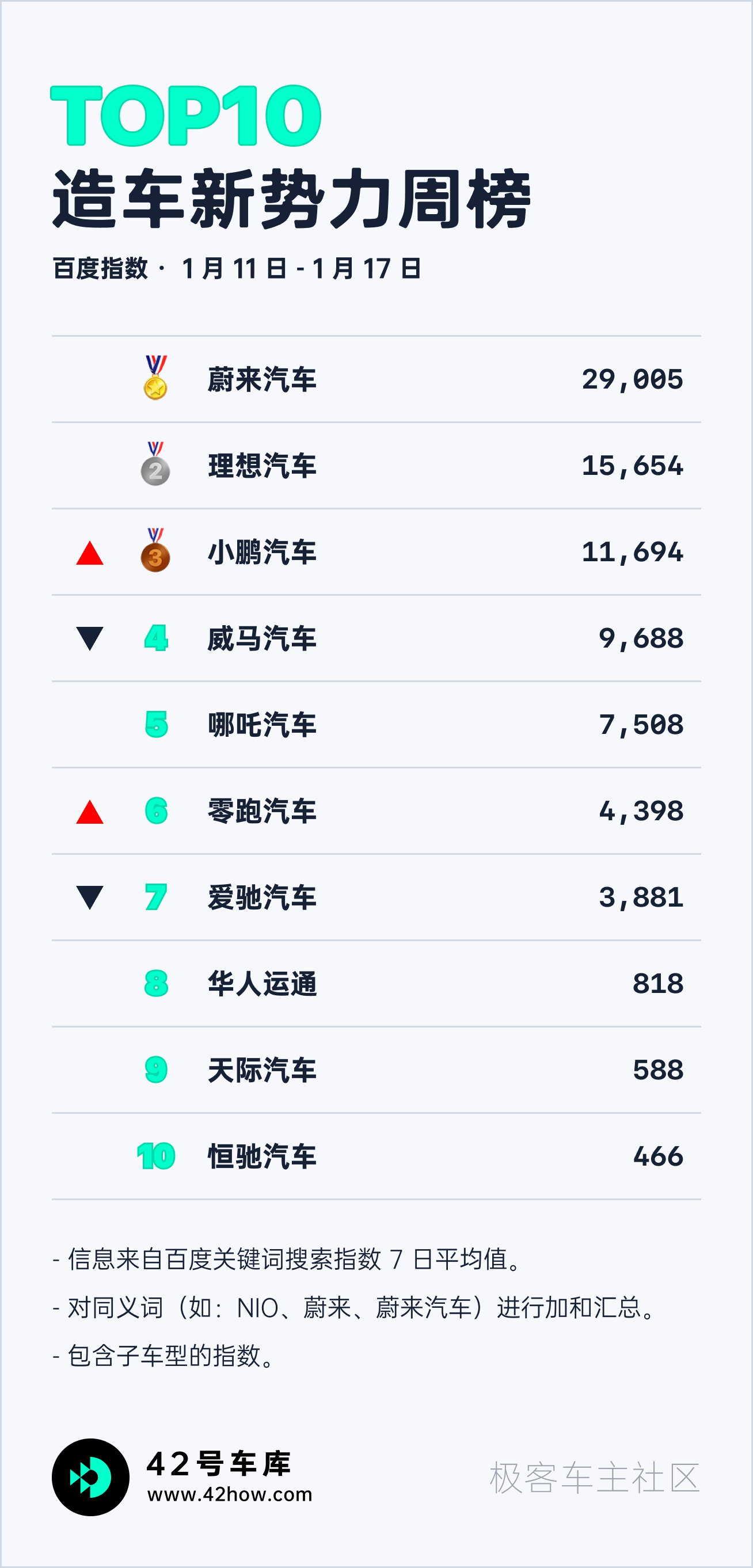


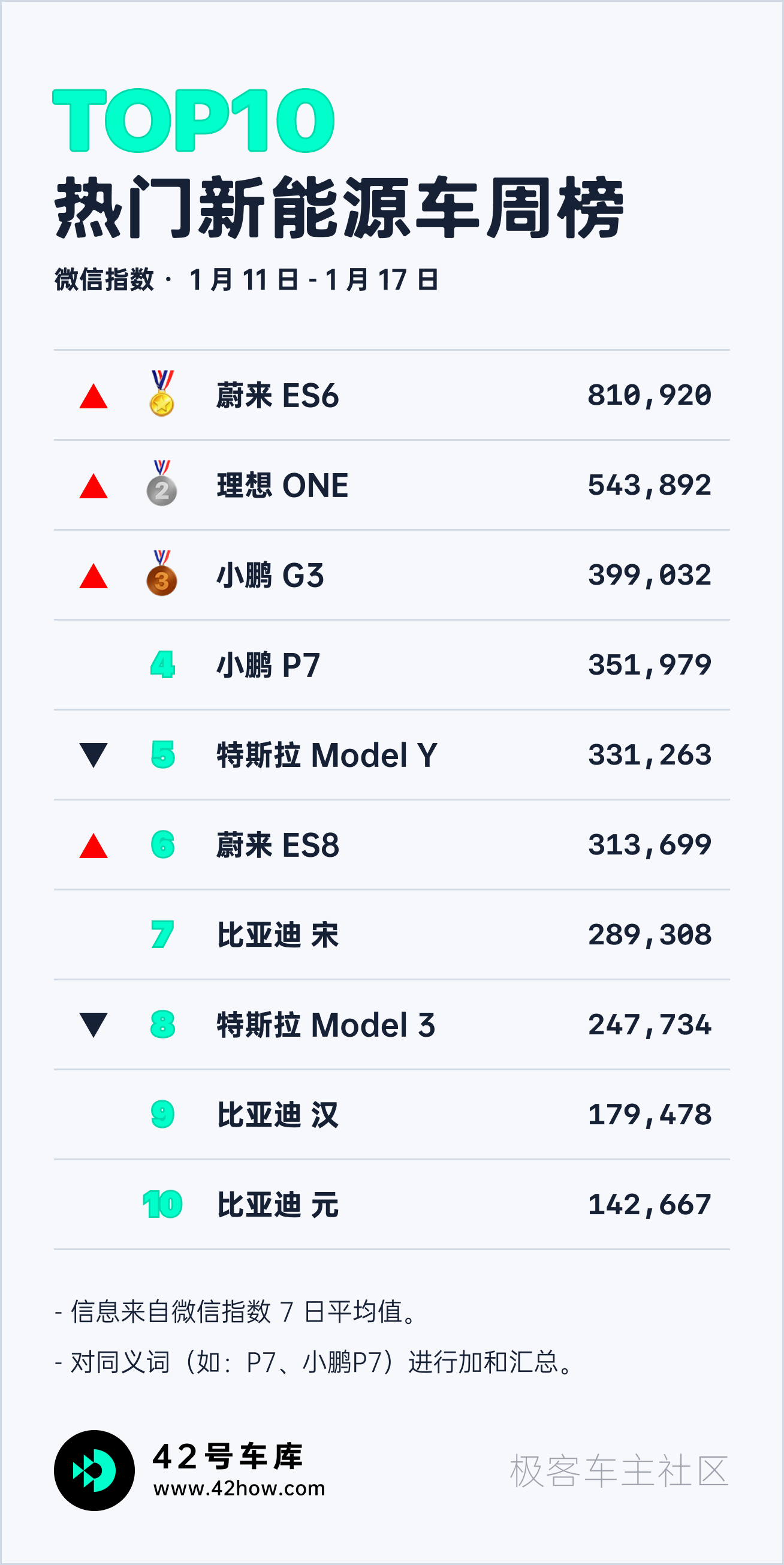
Weekly News
Sales of new energy vehicles in China reached 1.367 million units in 2020
On January 14, the MIIT released data from the China Association of Automobile Manufacturers, which showed that the sales of new energy vehicles in China reached a historical high in 2020, with a year-on-year increase of 49.5% in December.
In December, the production and sales of new energy vehicles were 235,000 and 248,000 units respectively, up 55.7% and 49.5% year-on-year, respectively. By type, the production and sales of pure electric vehicles were 203,000 and 211,000 units respectively, up 55.2% and 47.5%; The production and sales of plug-in hybrid electric vehicles were 32,000 and 37,000 units, up 69.2% and 71.6% year-on-year respectively; The production and sales of fuel cell vehicles were 264 and 229 units respectively, down 81.3% and 83.7% year-on-year respectively.
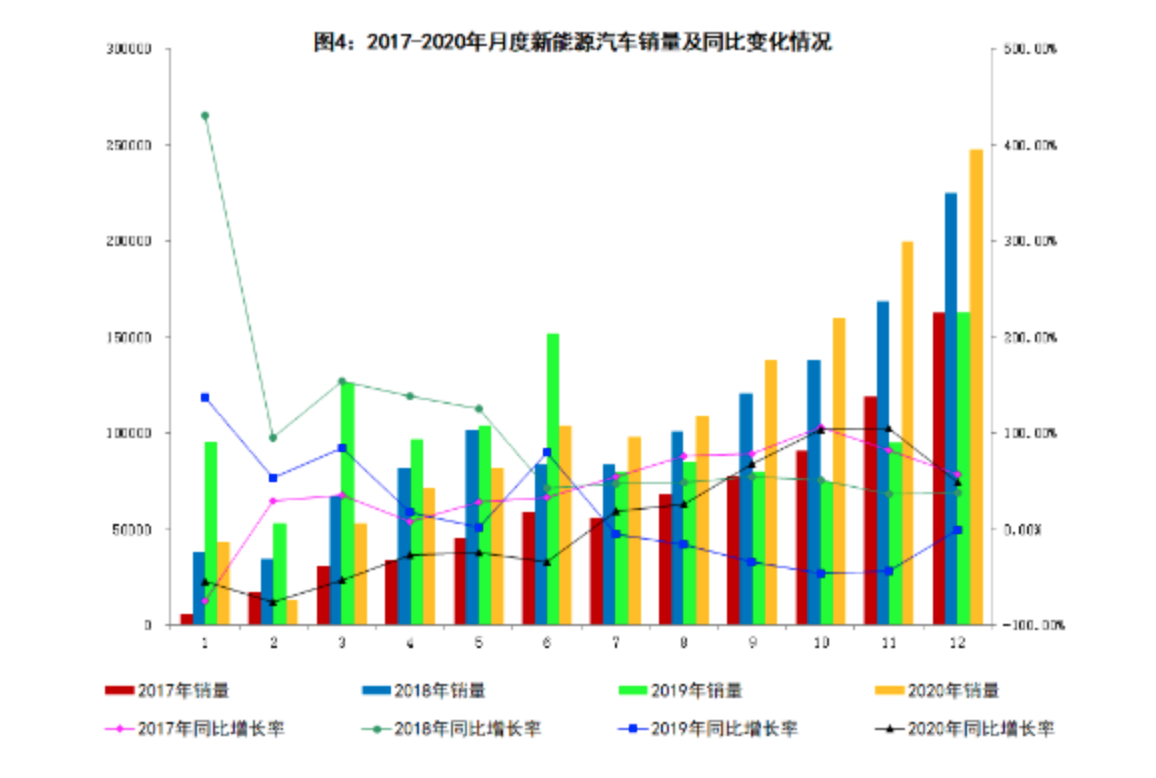
In the whole of 2020, the production and sales of new energy vehicles were 1.366 million and 1.367 million units respectively, up 7.5% and 10.9% year-on-year respectively. By type, the production and sales of pure electric vehicles were 1.105 million and 1.115 million units respectively, up 5.4% and 11.6% year-on-year respectively; The production and sales of plug-in hybrid electric vehicles were 260,000 and 251,000 units respectively, up 18.5% and 8.4% year-on-year respectively; The production and sales of fuel cell vehicles were both 1000 units, down 57.5% and 56.8% year-on-year respectively.
Review:# China’s Auto Industry Maintains Global Top Spot for 12th Consecutive Year
In 2020, China’s auto production and sales maintained the global top spot for the 12th consecutive year, with sales of new energy vehicles reaching a historic high of 1.367 million units. The impact of the pandemic caused a significant decline in the auto industry in the first quarter, followed by a recovery in the second quarter. The market showed a clear rebound in the third and fourth quarters, and maintained a rapid growth trend.
The sales of new energy vehicles demonstrate their market demand and consumer recognition. With the recovery of the post-pandemic economy, the potential for new energy vehicle markets is enormous. According to the China Association of Automobile Manufacturers, sales of new energy vehicles are expected to reach 1.8 million units next year, representing a year-on-year growth of 40%.
Domestic Model Y Deliveries Begin in Shanghai
On January 18th, domestic Model Y deliveries officially began at the Shanghai Senlan Delivery Center, the Shanghai World Expo Tesla Center, and the Shanghai Xiangyang Tesla Center, with deliveries in other cities to follow.
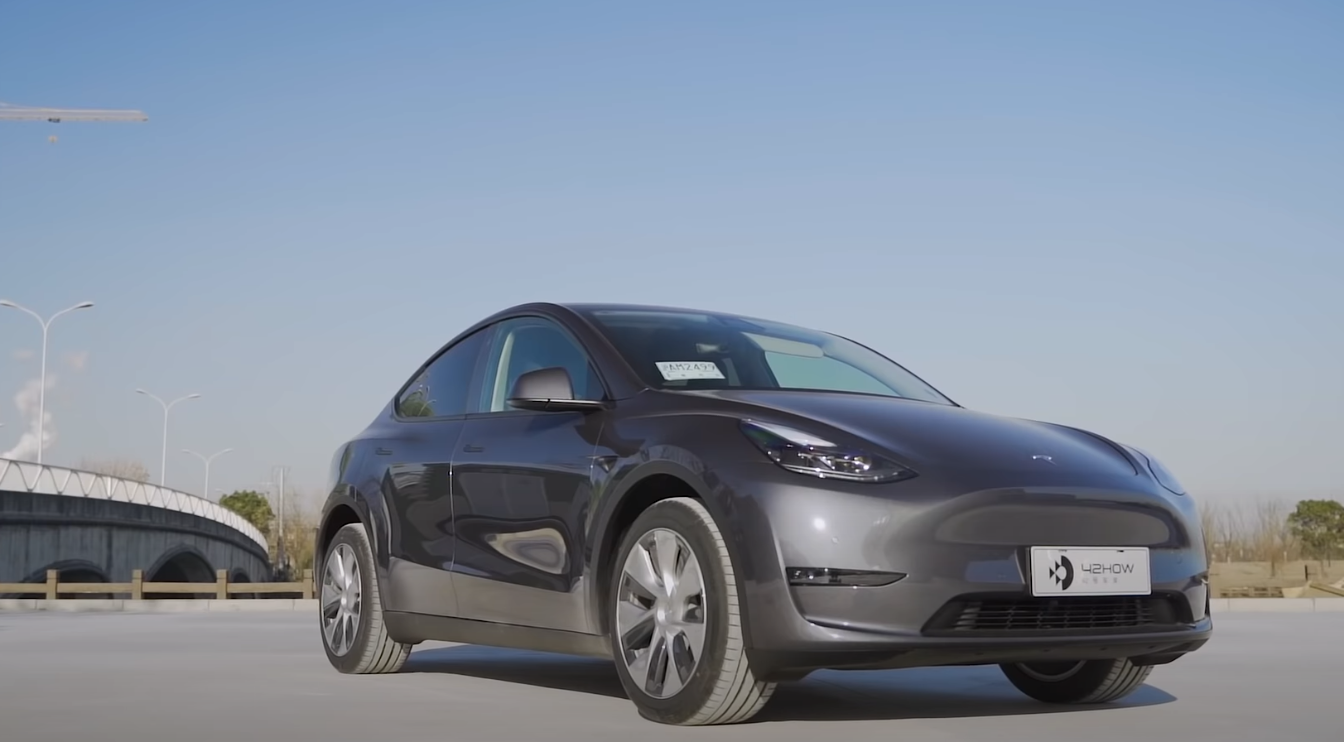
Following the Model 3, the Model Y is the second vehicle produced at Tesla’s Shanghai Super Factory and delivered to the Chinese market. It is also the last member of the Tesla “SEXY” family.
Comments:
On March 15, 2019, Elon Musk unveiled the Tesla Model Y in California. In January 2020, Model Y production began at the Shanghai Super Factory, with deliveries beginning in January 2021. This speed is impressive.
The expansion of the Shanghai Super Factory will help Tesla increase production capacity and further improve delivery volume. In terms of charging and other infrastructure, Tesla built over 700 supercharging stations in China in 2020. The supercharging station factory invested in Shanghai will also be put into operation, further accelerating its development.
China Electric Vehicle 100-People Forum Opens in Beijing
From January 15-17, 2021, the 2021 China Electric Vehicle 100-People Forum was held in Beijing. With the theme of “new development pattern and automotive industry transformation,” the forum included an international forum, a high-level forum, and seven thematic sub-forums.
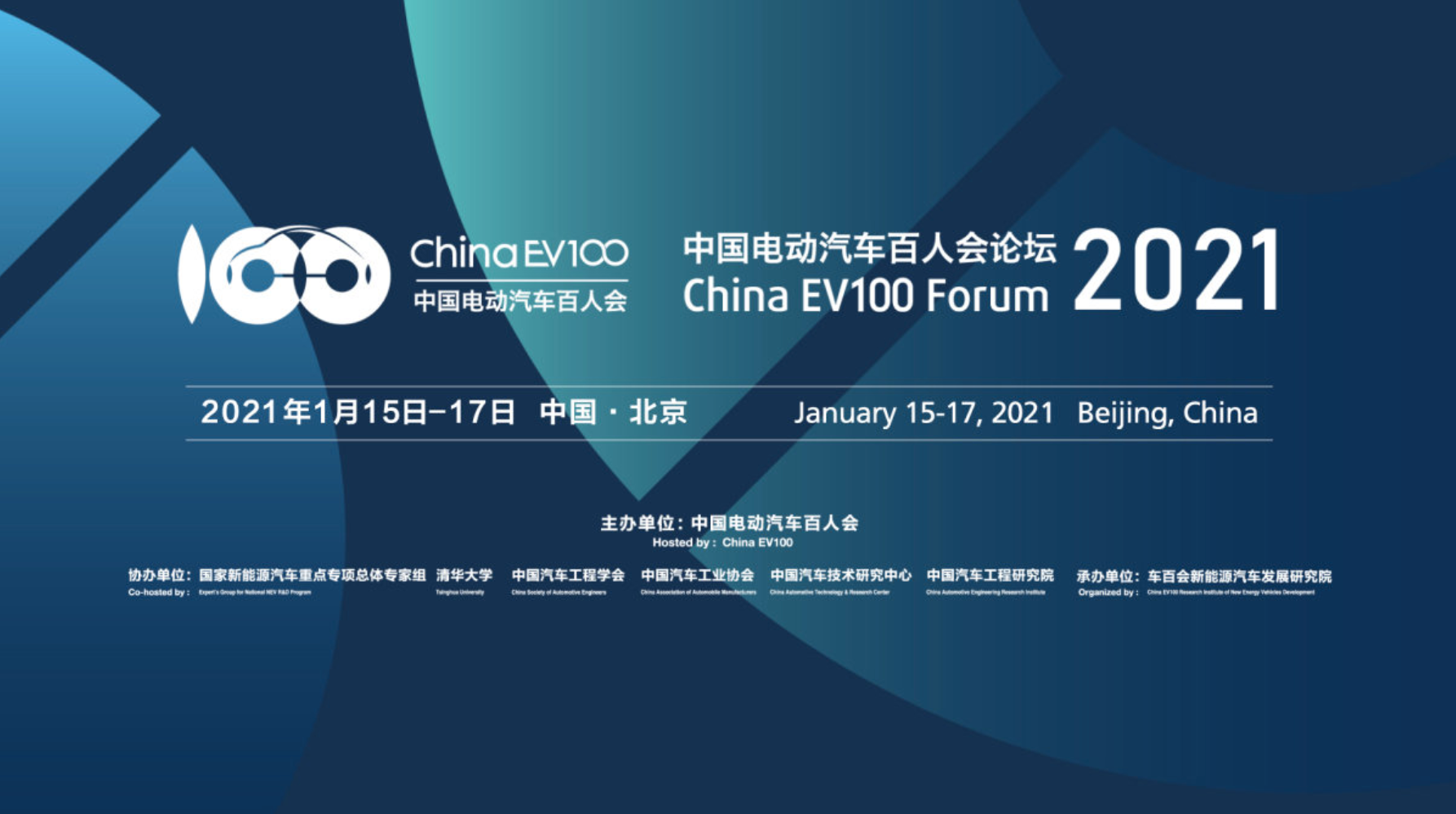
Comments:### CES 2021: Mobileye Shares New Progress in LiDAR and HD Maps
The annual Consumer Electronics Show (CES) kicked off online on January 11, featuring Mobileye CEO Shashua sharing the company’s layout in LiDAR and HD Maps, among other aspects.
As an Intel subsidiary, Mobileye plans to launch System-on-Chip (SoC) for LiDAR systems by 2025, leveraging Intel’s advantage in silicon photonics. The company also plans to develop a “software-defined radar” specifically for autonomous driving vehicles.
In terms of HD maps, Mobileye’s global coverage will help expand the testing caravan of autonomous driving vehicles. Pending regulatory approvals, the new group of test vehicles is expected to start operations in Detroit, Tokyo, Shanghai, Paris and New York as early as this year.
Quick comment:
With the development of electric and smart cars, the importance of autonomous driving capability is increasingly prominent. More and more OEMs are laying out autonomous driving and focusing on data and computing algorithms. Previously, there were reports that chip shortages could severely threaten the production capacity of major automakers. To develop autonomous driving, chips are essential. Mobileye has already partnered with Ford, Geely and SAIC successively, casting a wide net in the field of global L2 assisted driving.
Tesla Model Y Earns Five-Star Ratings in NHTSA Crash Test
On January 13, the National Highway Traffic Safety Administration (NHTSA) released the crash test results for the Tesla Model Y. The Model Y received a five-star rating in all subcategories tested.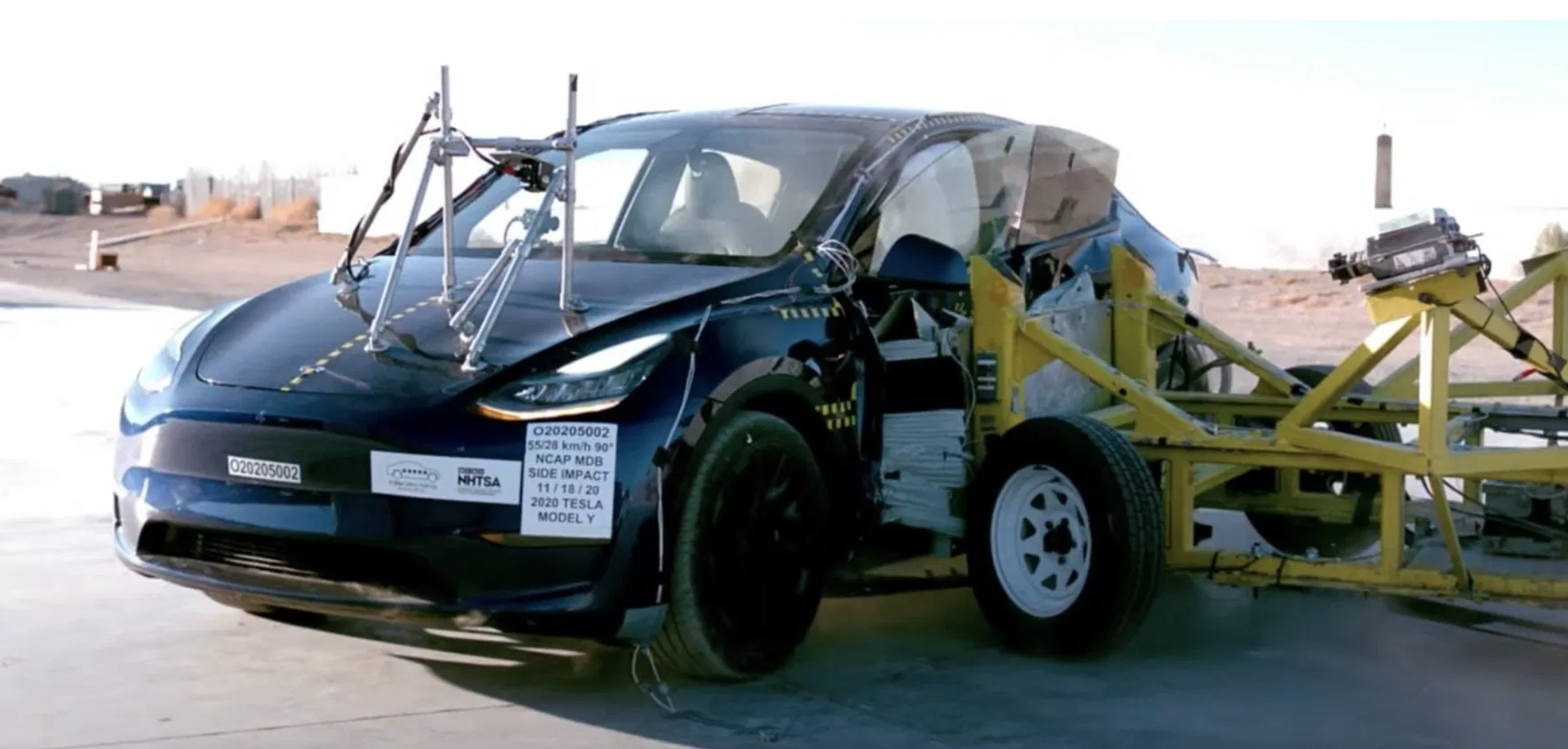
NHTSA’s tests cover frontal collision, side collision, and rollover risks. The Model Y has a rollover risk coefficient of 7.9% in rollover testing.
Quick comment:
Prior to the Model Y, Tesla’s Model 3, Model X, and Model S all received an overall five-star rating. Model S and Model X also received a five-star rating from the European New Car Assessment Program (ENCAP), and Model 3 achieved the “Top Safety Pick+” rating from the Insurance Institute for Highway Safety (IIHS) based on the first two models.
Although these ratings are for the US market, they also have some reference value for the Chinese market.
IM Auto Launches Two Mass Production Models of Pure Electric Sedan and SUV
On January 13, IM Auto unveiled its intelligent pure electric vehicle brand “IM IM” and launched two mass-produced models of pure electric sedans and SUVs. Both models are dual motor four-wheel drive, with the rear axle as the main drive, with 400 kW of power, 700 N·m of torque and a hundred-kilometer acceleration of 3.9 seconds. Equipped with a full-aluminum chassis with front double-wishbone and rear five-link suspension, a line control brake system and a line control AKC rear-wheel steering system, as well as a CDC intelligent electronic suspension system.
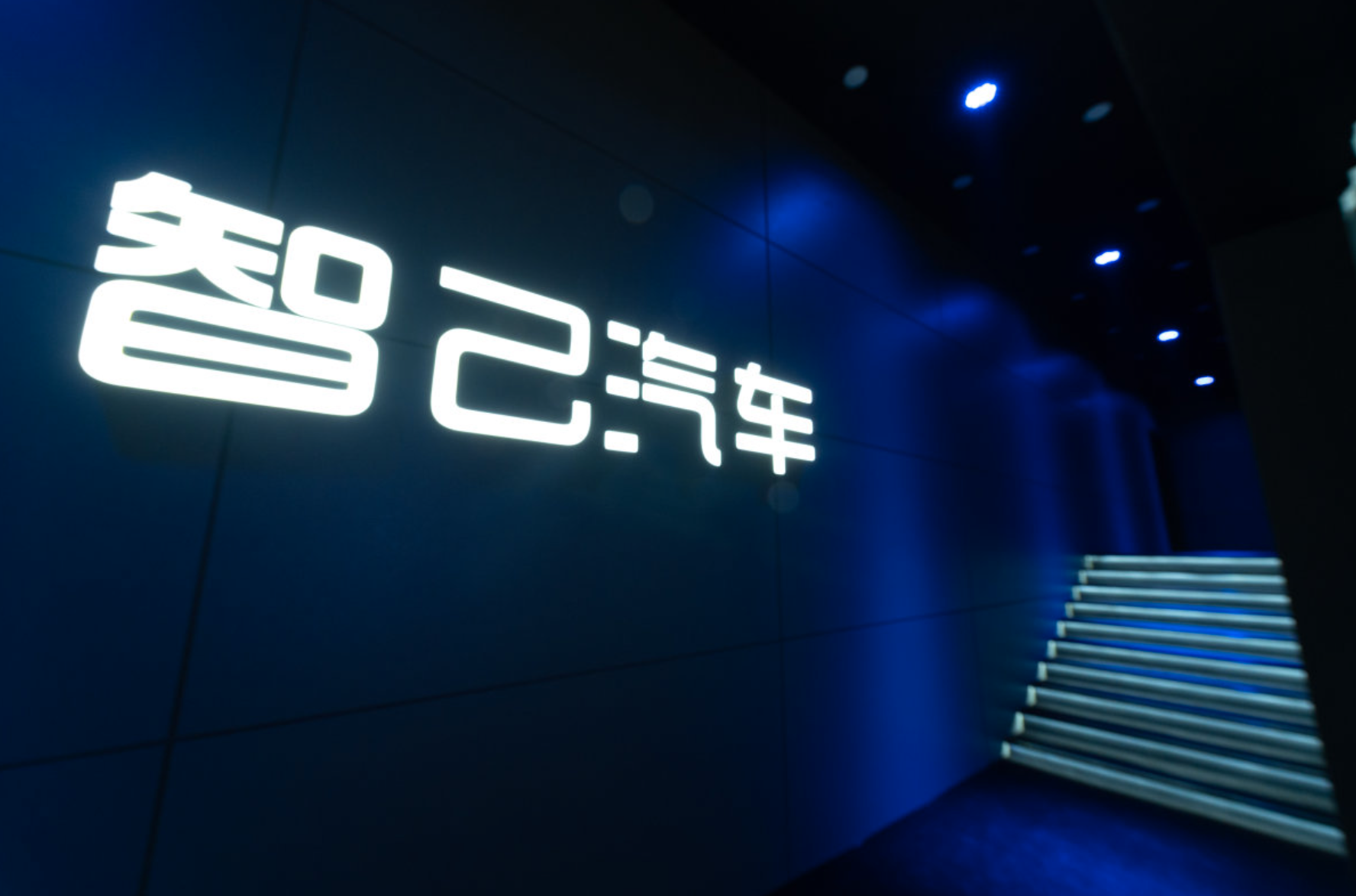
The entire lineup is equipped with a 93 kWh battery, and the high-end models can choose a 115 kWh battery. The official stated that it can achieve a single 300 Wh/kg energy density and zero decay within 200,000 kilometers. The new architecture can support a maximum range of nearly 1,000 km.
According to the plan, the mass-produced version of IM’s pure electric sedan model will be available for pre-order during the Shanghai Auto Show in April this year, on the market by the end of this year, and delivered in 2022. The pure electric SUV will be officially launched in 2022.
Quick comment:
IM Auto announced its establishment at the end of November last year, completed its registration at the end of December, and launched its new car in mid-January, showing a very fast pace.
This time, IM Auto announced that it is using CATL’s “silicon-doped lithium” technology, and the range can reach 1,000 km, which has become the focus. In addition to IM, NIO ET7 and GAC Aion also aim to achieve a range of 1,000 km.### NHTSA Requires Tesla to Recall 158,000 Model S/X
The National Highway Traffic Safety Administration (NHTSA) in the US has requested Tesla to recall a total of 158,000 Model S and Model X vehicles due to potential touchscreen defects in the MCU (media control unit) that could pose safety risks. The recall involves vehicles produced between 2012 and 2018 for Model S, and 2016 and 2018 for Model X.
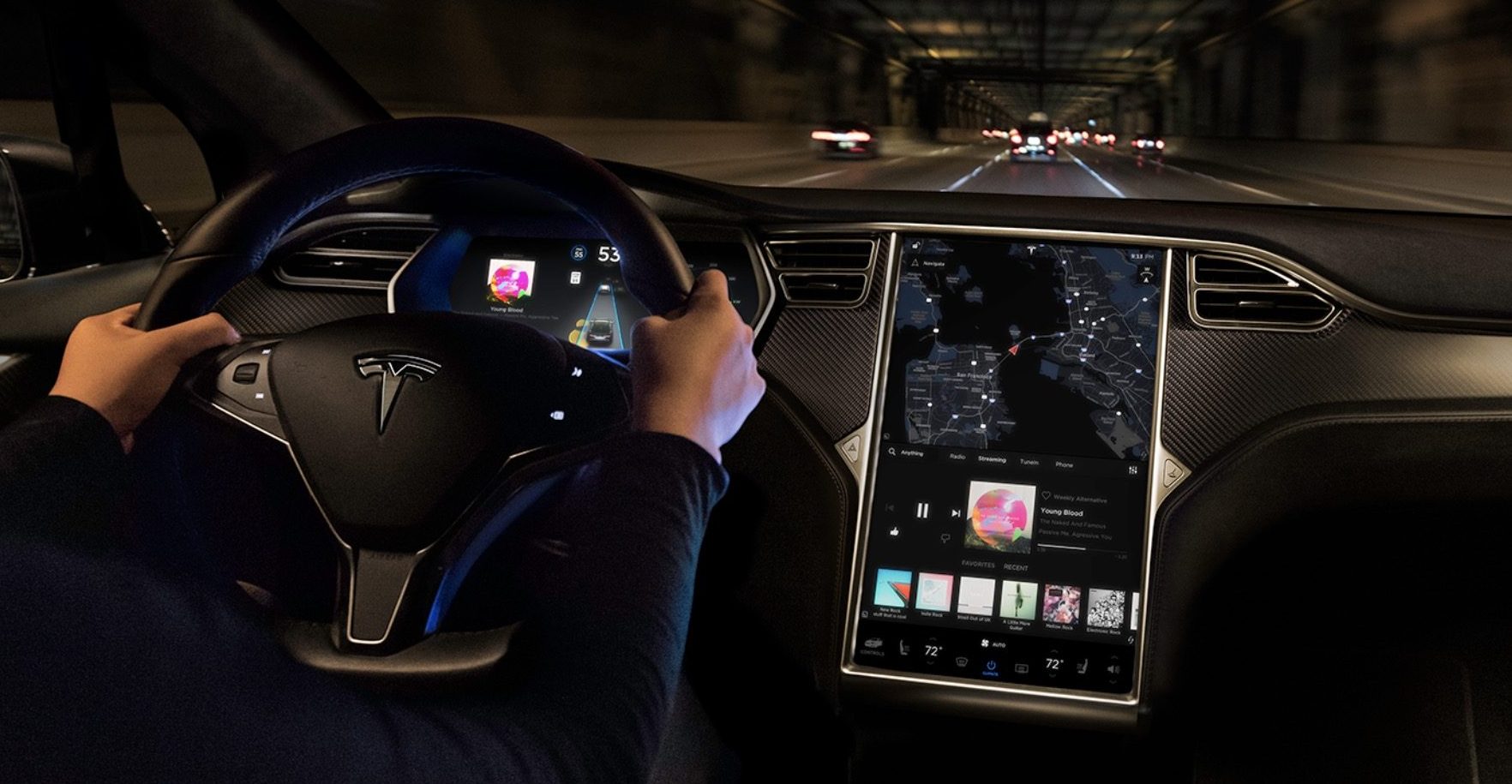
NHTSA states that the affected vehicles have “defects related to vehicle safety”. Tesla is required to respond by January 27.
Quick View:
In June 2020, NHTSA conducted a preliminary assessment on the touchscreen issues in Tesla vehicles and stated that the malfunction did not affect the vehicle control system, and the failure rate may increase over time, but OTA could reduce the probability of MCU failures.
In November, NHTSA expanded its investigation to include about 159,000 Model S and Model X vehicles. This was also seen as a precursor to NHTSA’s request for Tesla to recall the affected vehicles.
This article is a translation by ChatGPT of a Chinese report from 42HOW. If you have any questions about it, please email bd@42how.com.
